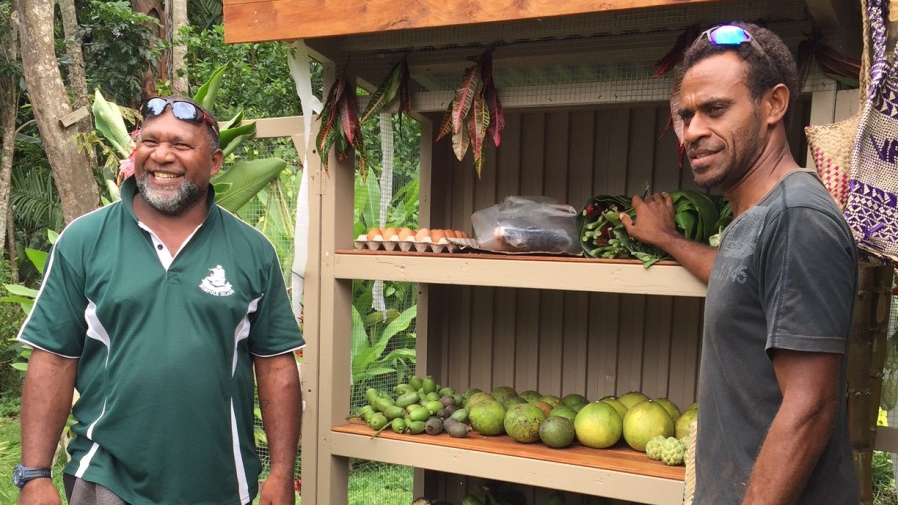I had not seen a “tithe house” since I was a boy in PNG back in the 1970s. But in Naoro village in the highlands of Papua, along the Kokoda track, was a small tithe house, built above the ground next to the church. Tithe houses are common in the villages of the South Pacific. Most Seventh-day Adventists in rural areas are subsistence farmers and do not have cash—their currency is garden produce. Just as the ancient Israelite shepherds counted and gave every tenth animal to God as tithe (Leviticus 27:32), so every tenth piece of sweet potato, yam, taro, choko or banana hand is given to God and placed in the tithe house. The tithe house in Naoro had produce in it—so did most of the tithe houses I saw in the other villages along the Kokoda track—reflecting the faithful practice of these people who recognise that God provides everything. The district pastor collects these tithes, carries them to a market, sells them and gives the cash tithe to the local mission office.
A few years ago I sat with a group of young adults in a worship service in a large church in an Australian city. I noticed that when the offering bag went past none of them put anything in, and yet I knew most of them were committed to Jesus and His church and were earning a good income. My surprise was picked up by one of the young ladies, because during the fellowship lunch she spoke to me about returning tithes and giving offerings. She showed me her purse—it did not have a dollar or cent in it—but she had a number of credit cards. She said, “I don’t carry cash and I forget I need cash for tithes and offerings, I want to give but I need a cashless way to give.” We now have an egiving website and app.
Tithe in the South Pacific is growing overall and I thank God for that. I am also grateful that we can provide “cashless” ways for people to show their faithfulness and generosity to God—whether in a tithe house or at egiving.org.au.






